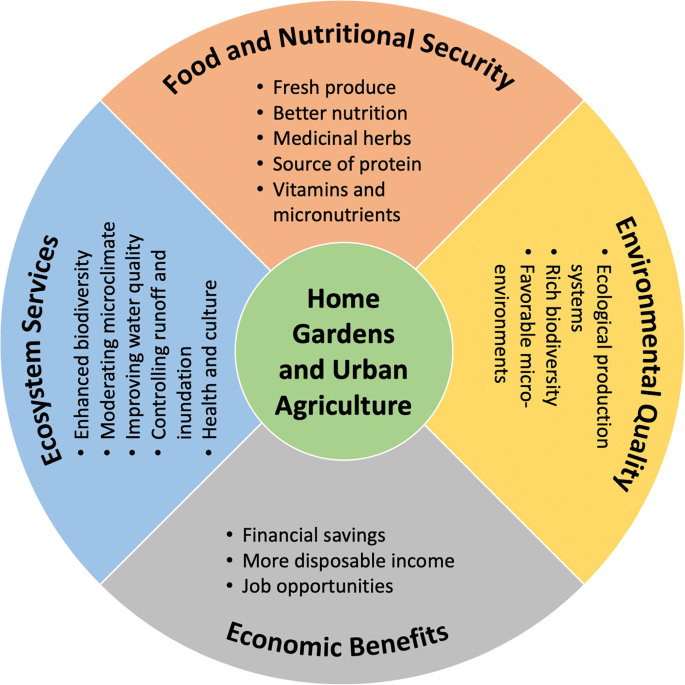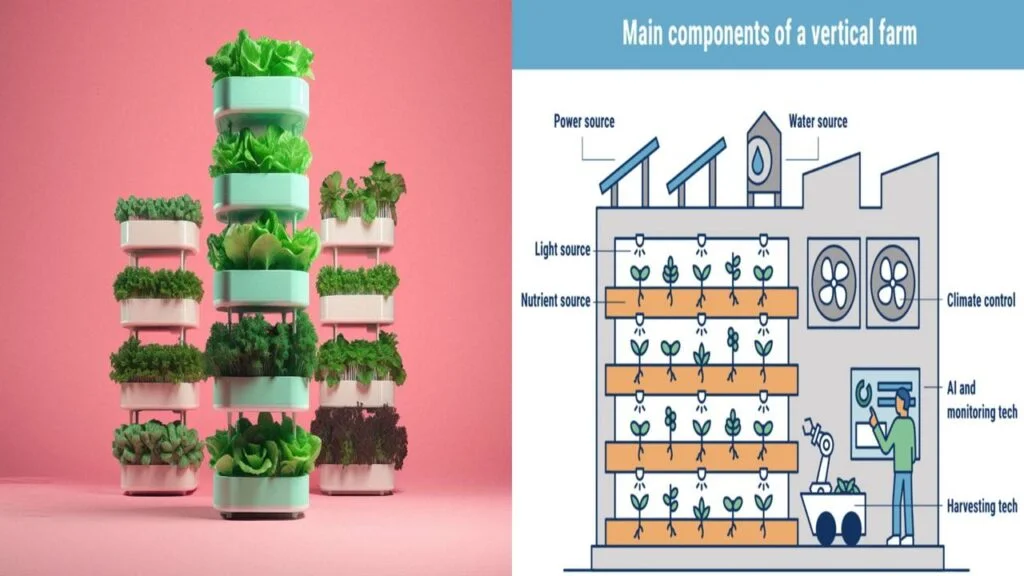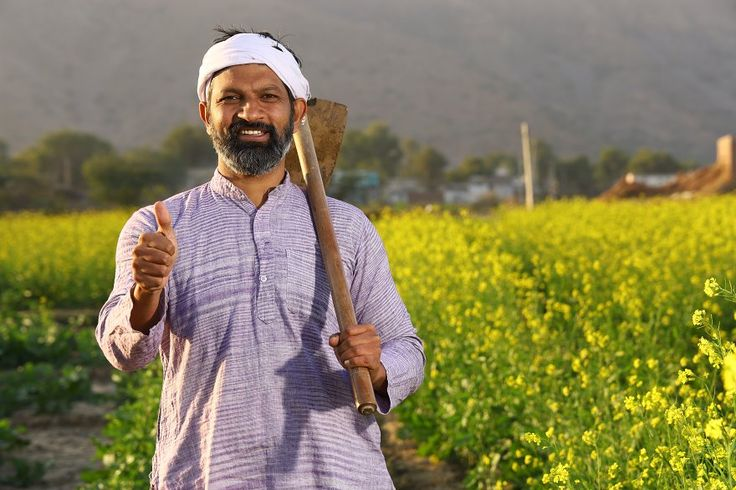Urban Agriculture: Farming Our Future Cities
Have you ever wondered what cities would look like if farms and gardens grew alongside tall buildings, busy roads, and shopping malls? That’s what urban agriculture (UA) is all about — growing food in cities instead of only in rural areas.
While it may not always be the most profitable business, urban farming is becoming increasingly important due to the benefits it offers. It doesn’t just produce food; it also helps improve health, reduce risks during disasters, and make our environment cleaner and greener.
 Urban Agriculture = Infrastructure + Environment
Urban Agriculture = Infrastructure + EnvironmentWhy Urban Agriculture Matters
Sustainability and the Environment
Urban agriculture reduces the long distance food has to travel from rural farms to cities. This means fewer trucks on the road, less fuel used, and cleaner air. It also utilizes spaces such as rooftops, balconies, and even abandoned lots, transforming them into green zones that help cool down cities.
Social and Health Benefits
Community gardens bring people together, help them grow their own food, and promote healthier eating habits. It’s not just about vegetables — it’s about well-being and happiness. Imagine your school rooftop or your apartment complex turning into a mini-farm!
Disaster Risk Reduction
When disasters like floods or pandemics disrupt food supply chains, cities with their own farms are less dependent on outside sources. UA can provide fresh food close to home.

Advantages of Urban Agriculture
The Role of Technology
With vertical farming and hydroponics, farming can now happen indoors in controlled conditions. These technologies can enhance the productivity of urban farms and increase their profitability in the future.
Even biotechnology, such as genetically modified plants, can play a role in ensuring that urban farms produce crops that grow faster and survive in challenging conditions.
 Main Components of Vertical Farming
Main Components of Vertical FarmingPolicies and the Future
The biggest challenge for UA is not only technology, but also policies. For urban farming to become a natural part of our cities, governments need to support it. Policies should provide incentives to individuals and organizations that establish farms, ensuring the benefits are distributed fairly, particularly to communities that need them most.
In short, urban agriculture is not just farming. It is a bridge between food, people, and sustainable cities.
Final Thought
Vertical farming demonstrates that farming doesn’t always require soil and extensive land. It can grow upward, into the skies of our cities. With the right technology and policies, vertical farming could feed the future while saving our planet.

References
1. UN (2019). World Population Prospects 2019: Highlights. United Nations.
2. Smit, J., Ratta, A., & Nasr, J. (1996). Urban Agriculture: Food, Jobs and Sustainable Cities. UNDP.
3. Velazquez-Gonzalez, J., et al. (2022). Urbanization and Food Systems: Future Challenges.

